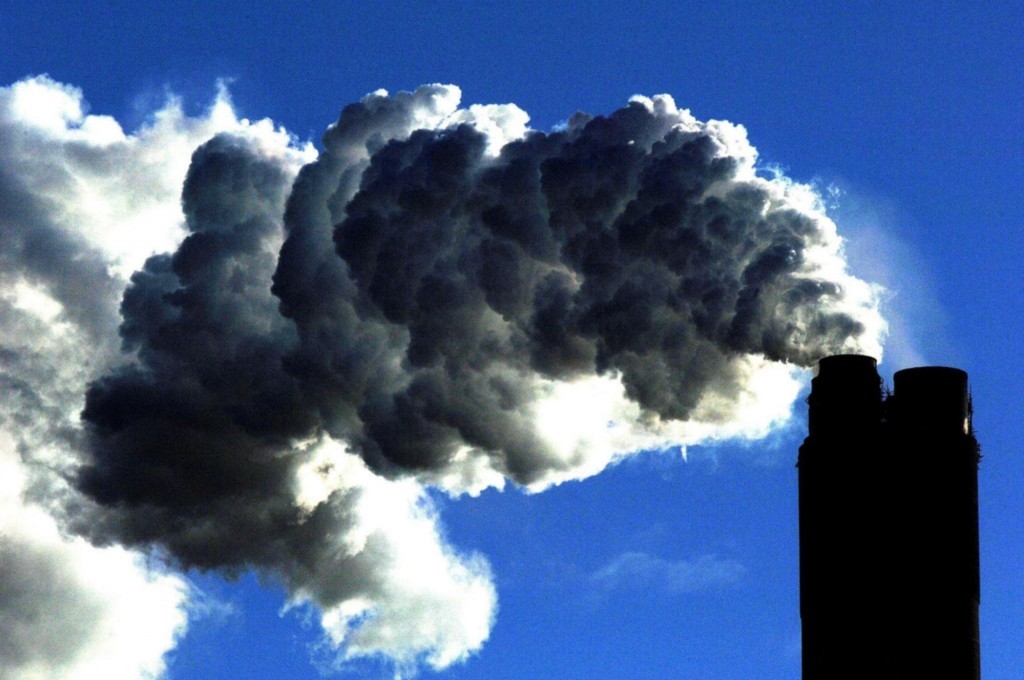
It is worthwhile taking a moment to marvel at the built environment around you – houses, shops, offices, factories, hospitals, roads, railways, airports, cars, aeroplanes and so forth – and to then realise that virtually ALL of this was built using energy from fossil fuels – oil, natural gas and coal.
At the same time fossil fuels provide virtually ALL of the energy that flows through our society, enabling economic activity and the creation of wealth.
Fossil fuels are heavily taxed at every stage of their production and use. The economic activity they enable is taxed as well creating vast revenue streams that pay for education, defence, healthcare, welfare and pensions.
Our wellbeing is as dependent upon the energy from fossil fuels as it is upon clean air and water and plentiful supplies of affordable food.
It is therefore extraordinary, that local and national governments, OECD and UN institutions appear to have turned against the fossil fuel industries with a vengeance, apparently intent on chasing them out of business.
It is a measure of how twisted the collective perception of society has become when claims are made that fossil fuels are being unfairly subsidised and factions of the press and political elite believe this.
How can something that provides us with virtually everything we have be subsidised? If it were so, where would the subsidy come from?
In the past, it has been Green lobby groups that have called foul on subsidies being paid to the fossil fuel industries. But they are now joined by The International Energy Agency (IEA), an agency funded by the OECD of which Britain is a member.
In the recently published World Energy Outlook the IEA claims that fossil fuels are receiving $550billion a year in subsidies compared with $120billion in subsidies for renewables and that the former is prejudicing the development of the latter. There may be a grain of truth in this but reality is far from the simple picture that is portrayed.
I could start by pointing out that normalising for energy produced the renewables subsidies are more than eight times higher per unit of energy provided but that is not the main purpose of this article.
I want to look at the facts behind claims that fossil fuels are subsidised. The way this is often reported makes you think that the likes of BP and Shell are receiving vast state hand-outs. Nothing could be further from the truth.
It transpires there are at least three main flavours of energy subsidy at large and it is vitally important to understand and differentiate between these before drawing sweeping conclusions.
The first flavour is state subsidies for energy consumption that are common throughout parts of the developing world, especially in the Opec countries.
Energy prices are set by international markets to a level that makes energy unaffordable for many in the developing world.
Energy rich countries like Algeria and Venezuela choose to make energy available to their citizens at below international market rates.
This is what the IEA counts as $550billion in annual subsidy to the fossil fuel industry. This kind of consumer subsidy is indistinguishable from Winter Fuel Payments made to the elderly in the UK. The IEA would like to see these kinds of subsidies curtailed.
The second flavour of subsidy is where companies are offered tax breaks for certain activities. For example, the UK Government has recently been persuaded that the tax regime for oil and gas development in the UK, designed at a time of greater prospects, was no longer fit for the purpose of promoting the development of the marginal fields that remain in the portfolio. Indeed, the fields were marginal because of the over zealous tax regime. Green eyes view the reduction of the inflated taxes paid by the fossil fuel industries as a subsidy.
This argument would have some credibility if it were the case that the oil and gas industry were being offered terms more favourable than other comparable industries. But nothing could be further from the truth.
Oil and Gas UK recently pointed out that the UK oil industry pays corporate tax at a level between 62 and 81%. That is a much higher level than paid by other industries.
Reducing this a little to promote the development of marginal fields is in the national interest, is not a subsidy but a marginal levelling of a steeply inclined playing field. For so long as the oil industry is paying higher taxes, then it is they who are subsidising everyone else.
The third flavour of energy subsidies are those paid by consumers to the producers of renewable energy.
In the UK these come in the form of Feed in Tariffs (FIT) and Renewable Obligation Certificates (ROC) about to be supplemented by the opaque contracts for difference (CFD).
These subsidies are paid by consumers to producers of what might otherwise be unprofitable renewable energy supplies.
And so there we have it. Three very different forms of subsidy and none of them placing billions of tax dollars into the pockets of fossil fuel companies but FITs and ROCs are placing millions of dollars into the pockets of renewable energy developers.
Recommended for you
